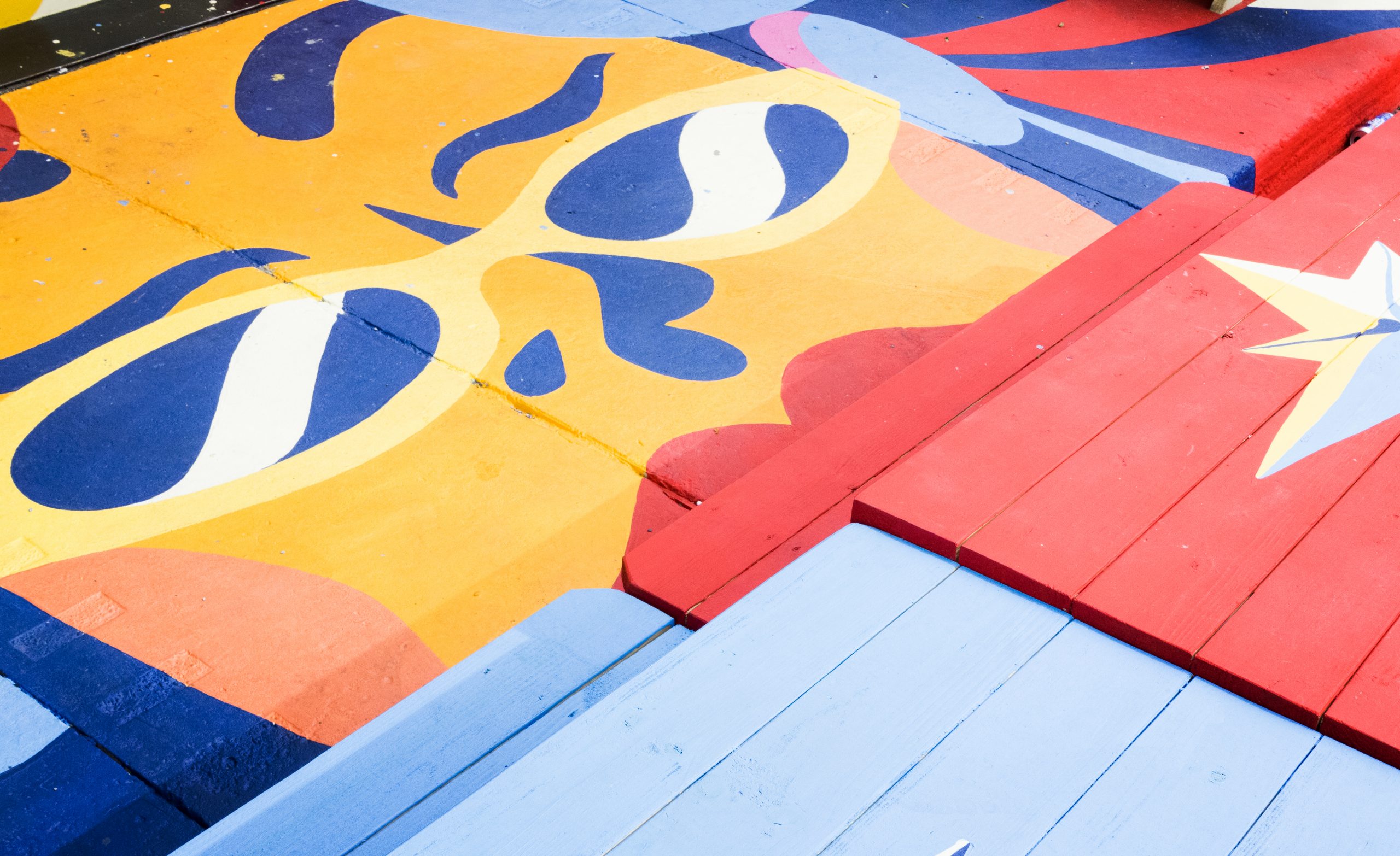Even in the midst of a pandemic, art prevails
Montreal’s MURAL Festival was founded in 2012, beginning as “a love letter from Montreal to the world” with a goal to democratize street art. It is known for its celebration of the arts, with renowned artists from all around the world contributing and showcasing their live art, music, and exhibitions.
“We are the meeting place of creative minds and we represent the festive and innovating soul of a booming artistic scene,” its website states.
Whether you’re a tourist or a Montreal native, this annual 11-day event is an excellent way for people to discover great art and artists. During a normal summer, these festivities would consist of huge crowds attending music shows, talks, performance art and more. However, this isn’t a normal summer, and the MURAL Festival adapted accordingly.
Although the usual festival was cancelled, the Estival, derived from the French word for summertime, was created in its place. The MURAL Festival believed that even with this past summer’s conditions, it was important that people still had the freedom to express themselves and for others to take time to relax and appreciate the art. Only this time, safe distances were mandatory.
So, instead of an 11-day festival, the Estival would take place during the three months of summer, without gatherings of any kind. There would still be physical street work going on, but many of the music performances and conferences were streamed online so that citizens could watch their shows safely. Guided tours of the artworks were available as well.
Towards the end of August, I picked up my camera and explored the streets of downtown Montreal in search of large, beautiful murals. As a Video Editor for The Concordian, I decided to check out murals from MURAL Festivals of years’ past to make a video, but I also went to satisfy my own curiosity. I started on St-Laurent Boulevard .
Most of the art I encountered was in great shape; they were huge, bright, and beautiful. Some artworks, like Daniel Joseph Bombardier’s Denial, just off of Prince Arthur Street, had powerful messages embedded in them. Other artworks, likely because of their age, were damaged or covered up with graffiti in some way. Zilon, which was named after the artist, created in 2014 and located at the corner of St-Dominique Street and Marie-Anne Street, was covered in white and black spray paint, leaving only small parts of the image visible.
One thing I realized while documenting all of these pieces of art was the importance of street art. The MURAL Festival itself is a celebration of art in all its forms, but the murals that remained served as a subtle reminder to appreciate the art that we’re surrounded by. Street art is a way for people to enjoy cities and neighbourhoods, whether foreign or local to them, and, especially now, admire artwork safely outside.
Murals fill city streets with colour and life, and as someone who hasn’t lived in Montreal for long, murals help me see the beauty in the ordinary; a normal walk to work can turn into a walk through culture and art. Even amid a pandemic, the MURAL Festival was able to maintain its yearly tradition and add more art to the city. So, even though the Estival is over, and past Festivals are long gone, their stamps on the city remain, and it makes the world a slightly brighter place.
Photos by Christine Beaudoin
